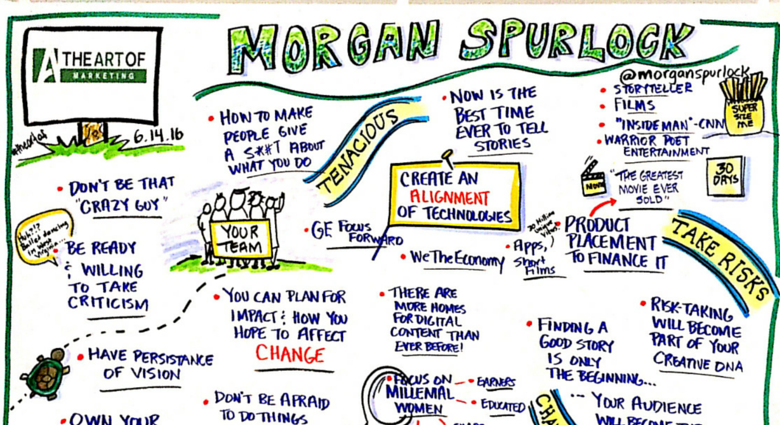Mobile ads are not Internet ads. Mobile ads are not like other ads.
Marketers can say whatever they want about advertising. Many brands feel that it is all about the message being consistent across all platforms. Other brands believe that the message should be contextually relevant within the myriad of platforms and channels that their messages now appear. There is a case to be made for both sides. As a consumer, how often have you clicked on a mobile ad… by accident? I don’t even have puffy fingers, and I find myself doing it… and being frustrated by it… with a frequency that is bordering on embarrassing. As a marketer, my gut reaction is always the same: “whoops… that was a total waste for the brand, and it’s going to throw off their analytics. Still, what we, primarily, see when it comes to measuring advertising on mobile platforms is the same as advertising on the Web.
They’re not staring at a computer screen, they’re flicking their way through a mobile experience.
Advertising success is classified like this:
- Was the ad served? As long as the ad was served, the impression is counted.
- Was the ad clicked on? Also known as the click-through rate. There is some kind of intent, because the consumer took the action of clicking.
- Was the ad acted on? Also known as a conversion. This doesn’t have to be a sale. It could be a download or any form of lead generation.
Does this make any sense for mobile?
This fails dramatically when it comes to mobile devices. We have a complex enough problem, when it comes to defining what a true impression is. There are viewability, deliverability and a host of other issues when it comes to online advertising. You will see ugliness like this: Google admitted that more than half of the ads that it serves are never seen. From a consumer perspective, they live in the flick generation, when it comes to their devices. They’re not staring at a computer screen, they’re flicking their way through a mobile experience. So, impressions from a branding perspective may make sense, but we’re talking about a fraction of a second as the scroll flicks down a newsfeed, unless brands can create something that will make a consumer stop and stare. If you’re looking at clickthroughs on mobile ads, just refer yourself back to the top of this article. I’m willing to bet that if you’re in the fifty percentile of being lucky enough to have your ad viewed, that over half of those clicks (maybe more) are mishaps, mistakes and frustrations that, possibly, create a negative brand impression. As for conversions, every business professional should read the AdWeek article, Facebook Ad Clicks Are Shifting to Mobile, so Why Aren’t Conversions? that was published in January of this year. Here’s why: “’The disparity points to the value in Facebook advertising being closer to television or print than performance-marketing channels,’ he said. ‘Clicks on mobile ads are greater than desktop ads, indicating Facebook mobile ads are a great way for a retailer to build brand awareness and reach consumers on mobile devices. Consumers are not device or channel exclusive. They move from search to social sites.’” What we’re seeing is a consumer demonstrating intent in a mobile ad, but driving the acquisition/conversion on their PCs. The reason why is obvious: consumers are on the go and don’t want to do the work, or the user experience is too clunky for the platform.
Are mobile ads dead on arrival?
Absolutely not. This is a fertile territory, and something that every brand must be focused on. That being said, here is a more simpler way to gauge and measure success:
- Was the ad engaged with? This gets us out of the impression-based game, and it gets us away from the wrong people clicking on an ad by mistake. It also speaks to the flick generation. Yes, each platform will need to better define what “engaged” means, but it’s a start. It could be based on time, interactions, etc…
- Did the ad generate an action? Not all ads need to have something beyond the message that it is presenting. If a brand is looking for lead generation or a download, this is what needs to be measured. Who cares if they clicked or anything else? Was the desired action taken and completed? This is the only metric that matters.
- Was the ad shared? This would be the ultimate question. Because it’s mobile, and because mobile is primarily a social/search-based form of engagement, shouldn’t brands focus on ads, media and content that people want to share, talk about and promote in their feeds? Mobile makes sharing ideas fast and easy. Great brands and supporting ads could find a huge win in this.
A subtle shift… a big shift.
It’s easy to compare both types of measurement, and see similarities. It’s more of a philosophical approach to how to think about mobile in the right context of the user experience. Will they flick past, and if they do, what will grab their attention for that brief second? How can you capture a quick action, in a world where consumers are not comfortable converting in mobile? Can the ad be a piece of content that is worthy of sharing/talking about/saving for later?
This is the new creative imperative that all marketers should be thinking about.
This is the new creative imperative that all marketers should be thinking about.
image courtesy of http://i.ytimg.com/




.png)




What Did You Think?